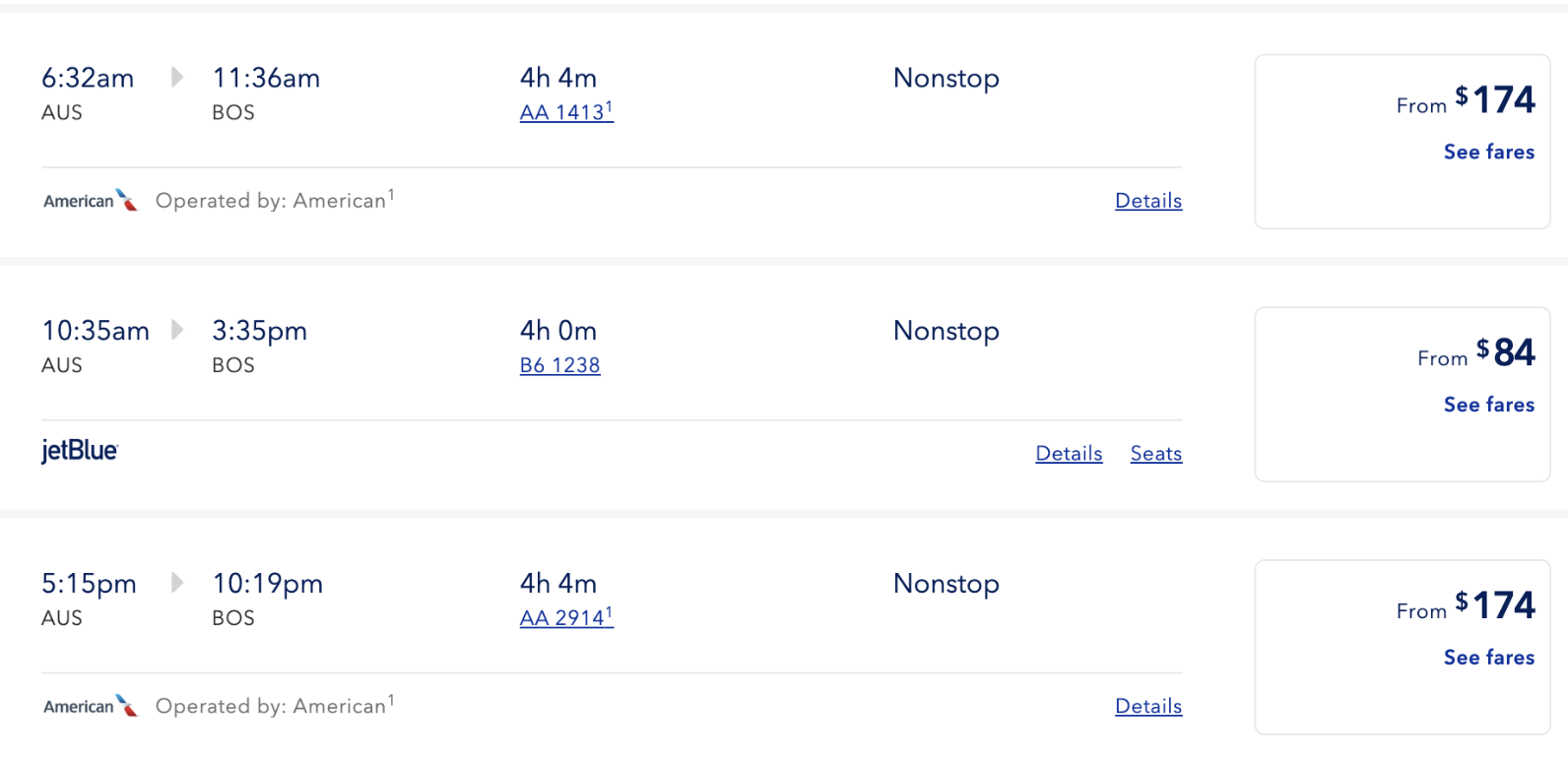What is an Airline Code-Share? The Basics of Code-Share Agreements
First, what is a codeshare?
At its simplest, a codeshare is an agreement between two or more airlines to market and sell seats on each other's flights. Codeshare flights are often used by airlines to expand their route networks without having to add new flights or aircraft. If you’ve ever been standing at your gate and seen the flight number under the destination rotate through a few different options, that was an example of a flight that was code-shared!
Let’s give an example: say an airline does not have a direct flight from New York (JFK) to Los Angeles (LAX), but wants to get some profit from people flying on that route. The airline could codeshare with another airline that flies that route in order to benefit both: the flying airline (the “operating carrier”) gets to sell more seats that may have been empty otherwise, and the other airline (the “marketing carrier”) gets to sell a new route and earn some additional profit. You’ll see these quite frequently when flying throughout the country; for example, until recently, JetBlue and American Airlines had a very strong code-sharing partnership in the northeast.
How do codeshare flights actually work?
When you book a codeshare flight, you will receive a standard ticket with the flight number of the marketing carrier (i.e., the one you bought the ticket with) as well as the flight number of the operating carrier (i.e., the one you’re actually flying on). While these two flight numbers (and confirmation numbers) may be different, they will typically automatically re-direct to the appropriate booking when you are checking in, making it simple to make any changes to your trip.
In most cases, you will check in and board your codeshare flight at the airport of the marketing carrier. However, there are some exceptions to this rule. For example, if you are connecting between two codeshare flights operated by different airlines, you may need to collect your checked baggage and re-check it at the connecting airport. However, airlines will always be super explicit about when you need to do this, so if you don’t specifically hear it, you can almost guarantee you don’t need to worry about it.
What are the benefits of codeshare flights?
You might be wondering, “How does airline code-sharing benefit passengers?”
Frankly, there are several benefits to taking advantage of codeshare flights.
First, codeshare flights can give you substantially more options when it comes to choosing flights and destinations. For example, if you are looking for a flight from Boston to Austin on JetBlue, you may find that there are more codeshare flights available than actual JetBlue flights! You’ll know something is a code-share flight because it will say the flight is “operated by X airlines” instead of the airline you are booking through.
On this route from Austin to Boston, there are more code-share flights than flights with the original carrier (JetBlue)!
As well, another major benefit of flying on code-share flights comes from if you have status with a certain airline. If that airline code-shares with another flight, you will be able to earn miles and status credits with the marketing carrier, even though you are flying on a flight operated by another airline. While some status benefits may not always apply on the operating flight, normally at least some of the privileges apply. One way to normally guarantee that status is shared across the code-share flights is when the sharing is between two partners in the same airline alliance (e.g., Star Alliance, SkyTeam Alliance), as alliances almost always share status benefits amongst the alliance airlines.
Are there any drawbacks of codeshare flights?
While code-share flights may sound like they are great for everyone all the time, there are also certainly some drawbacks.
First, you may have less flexibility when it comes to making changes to your flight—for example, if your codeshare flight is canceled, you may have to rebook your flight with the operating carrier instead of the one you booked on, which then may have different policies, prices, procedures, and can be less forgiving.
As well, code-share flights can sometimes end up being more expensive than the typical flights. If you are flying to a destination that the marketing carrier doesn’t have a flight to, they will sometimes offer price benefits to try and cash in. However, if that carrier does have a flight to the same destination, they will typically jack up the price
This shouldn’t come as a huge surprise, since instead of one airline keeping the profits of your ticket, they are split between two, so the price tends to go up to account for this. If you look at the example above from Austin to Boston, you’ll see that the code-shared flights on American Airlines are substantially more expensive than the direct flights on JetBlue. As well, you may not be able to use the same amenities on a codeshare flight as you would on a direct flight. If you normally go to certain lounges, you may not be able to access the lounge of the marketing carrier if you are flying on a codeshare flight operated by another airline.
Next time you fly, make sure to check out all the different code-share options you can take
Summary
Codeshare flights can be a convenient and affordable way to travel. However, it is important to be aware of how to best navigate codeshare flights before you book your next trip.




